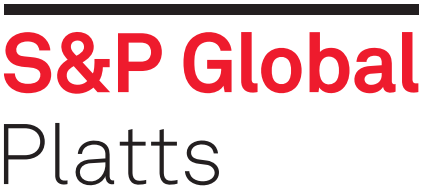
The EU steel imports safeguard system currently under review is disrupting the sector as it undermines supply continuity, according to speakers and delegates at S&P Global Platts’ Steel Markets Europe conference in Barcelona.
Supply continuity is more important to most consumers than price considerations, they said Wednesday.
Steel supplies in some product categories subject to quota, including galvanized steel, wire rod and rebar, are piling up at ports in Europe, waiting for the start of the next quota period on July 1, according to traders at the event.
Trade distortions typically arise from protectionist measures and this has been seen both in the case of the US Section 232 import tariffs, which initially caused “ridiculous price inflation even exceeding the 25% import duty,” and in markets with safeguards such as the EU, said Dick Sands, director of trader Stemcor, in a presentation.
“Hundreds of thousands of tons of category 4B automotive [galvanized steel] is being held up at ports in the EU – Antwerp, Spain and Portugal – awaiting July 1 … this affects customers’ production lines,” one prominent trader linked to a global steelmaker said on the sidelines of the event.
“This quota is for 500,000 mt for one year, but may fill up in a week,” the trader said, noting that the pressure of a sudden arrival of substantial imported volumes could risk causing a “breakdown” in the customs system, and is incurring storage costs for producers of the steel being stockpiled.
Another conference participant heard some 200,000 mt of galvanized steel for the automotive industry was being stored at EU ports. Most of the galvanized steel for automotive applications comes from China and South Korea.
The UK-based International Steel Trade Association recently proposed that category 4A (non-automotive) and 4B (automotive) galvanized material quotas should be merged during the European Commission’s current review of the safeguards system.
However, traders canvassed at the event said they thought this was unlikely to occur as demand for automotive galvanized steel would fill up the quota. EC figures show there was still a 228,000 mt balance to fill in the non-automotive category as of May 31.
According to Sands, this is due to Chinese 4A material already being subject to anti-dumping duties on entry to the EU. “This quota is not likely to fill up from other origins,” he said.
The EU car industry has not been significantly affected by the loss of material currently held at the ports due to low regional vehicle demand, which means the vehicles being produced are being exported to markets including China, one trader said.
Safeguard market distortions are creating a “feast-then-famine” scenario for steel buyers, who are faced with quarterly or annual quotas that encourage early purchasing for products including wire rod, rebar and galvanized steel, while quotas for heavy plate and cold-rolled coil will not be used up, said Sands.
The safeguards have not so far had any discernible impact on EU domestic market prices, according to Sands, traders and consumers present.
Still, overall EU imports are likely to fall this year by around 1.89 million mt from 2018’s roughly 19 million mt, albeit partly due to a rush to send imports to the bloc in late 2018 before the safeguard quota system was introduced, according to Sands.
“These measures will only support prices if EU [steel] producers show discipline,” said Sands, noting that prices may be upheld further down the line when mill production cuts announced by ArcelorMittal take effect.
— Diana Kinch




